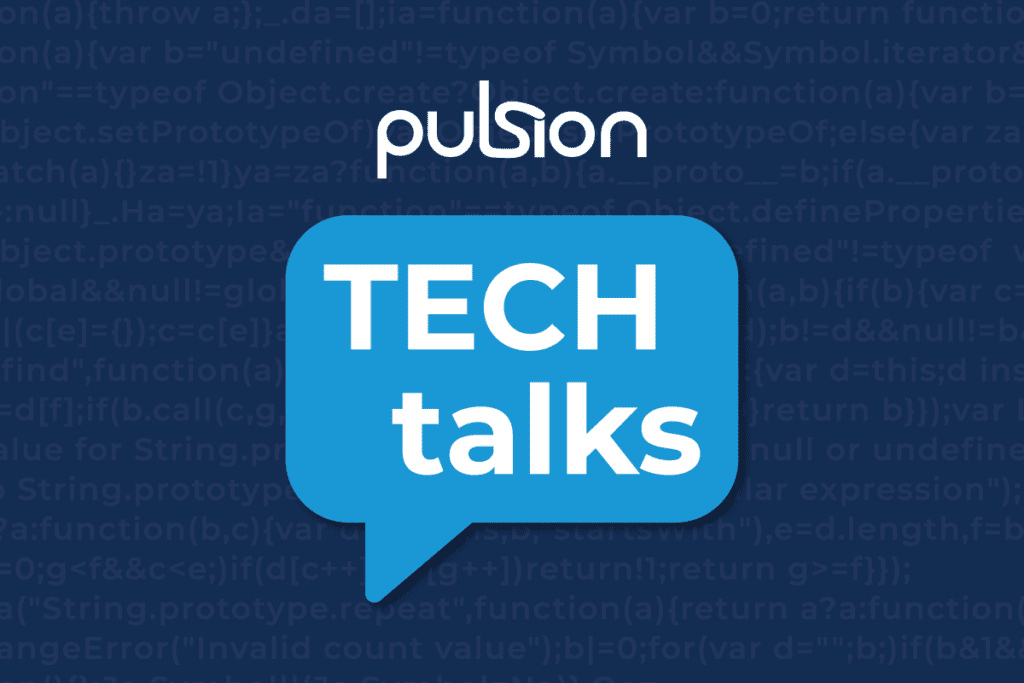Safeguarding your business means governing your cloud
What is Cloud Governance?
Cloud governance enables customers to define requirements for security, cost, and ongoing oversight of their cloud journey and ensure processes are optimised and consistently followed.
In practical terms, a robust cloud governance strategy helps you run your business well and keep it safe, offering a level of protection against a number of avoidable risks: data breaches, intellectual property theft, damage to brand and reputation, and financial loss.

Visibility: You can’t govern what you can’t see
In terms of cloud governance, visibility means having an accurate, detailed, and up-to-date view of all the activity an organisation has in the cloud. Practically speaking, that includes
- Cloud assets such as applications, platforms, infrastructure, VPC, and buckets
- AWS accounts
- Data stored in the AWS cloud
- Roles and/or users and specific data they can access
Although this sounds straightforward, it’s actually quite challenging, particularly in a hybrid or multi-cloud environment or in a distributed global organisation with multiple users, departments, and groups. In these environments, it’s especially easy for unmanaged IT to proliferate – which includes the use of IT-related hardware, software, and services by a department or individual without the knowledge of the organisation’s IT department or security group. By definition, unmanaged IT is invisible, and therefore ungovernable.
Configuration: Setting the stage for success
When talking about cloud governance, configuration is most often thought of in terms of misconfiguration – errors or oversights in configuration that violate an organisation’s configuration policy or allow unintended behaviours that impact system security. A typical example involves user permissions and controls, where an unauthorised individual is inadvertently given access to sensitive data or the ability to make system changes beyond the scope of his or her responsibilities.
Misconfigurations also pose a major risk when it comes to meeting compliance mandates in regulated industries like healthcare and finance or complying with regulations like General Data Protection Regulation (GDPR).
Operations: Managing the processes that manage your cloud
As companies scale up their investment in cloud computing, adding people, processes, and technology to the mix, it’s not uncommon to find that the operations designed to manage those activities haven’t kept up. Manual processes and homegrown solutions that once worked well become nearly impossible to manage and maintain at scale, opening the door to non-compliance and other risks.
A robust cloud governance strategy requires the development of automated processes that detect, report, and remediate operational issues. However, while these processes should be automated, remediation efforts should not. Instead, policies and prescriptive guidance should be developed that proactively prevent violations whenever possible. An effective approach integrates operational change management processes into DevOps workflows. This includes automated governance controls to ensure consistent compliance, as well as preventative guardrails in the deployment pipeline to limit non-compliant actions.
Risk: Where governance meets the bottom line
When organisations think about cloud governance, the assessment, management, and mitigation of risk is often the first thing that comes to mind. But there are many different kinds of risks, ranging from data security, regulatory risk, financial risk, and shadow IT. What all these risks have in common is their potential to significantly damage your organisation’s financial position, compliance posture, customer confidence, and brand or reputation.
Processes are needed to find, address, and reduce security risks at scale. This includes optimising cloud resources to reduce the likelihood of data breaches, system vulnerabilities, and errors in identify authentication and access management. In addition, artificial intelligence can increase visibility into critical events and provide real-time information to help manage risk.
Better: Cloud governance takes all of us
Cloud governance is based on a shared responsibility model, in which both AWS and your organisation share the responsibility for data security and compliance.
AWS is responsible for the security of the cloud. That means AWS is responsible for protecting the infrastructure that runs all of the services offered in the AWS Cloud, which includes the hardware, software, networking, and facilities that run AWS cloud services.
Your organisation is responsible for security in the cloud. Your responsibility is determined by the AWS cloud services you select, which then determines the amount of configuration work you must perform as part of your security responsibilities. Your organisation is responsible for:
- The security of your data
- Platform, applications, identity, and access management
- Operating system, network, and firewall configuration
- Client-side, server-side, and networking traffic encryption and protection
When it comes to managing your portion of the AWS Shared Responsibility Model, you don’t have to go it alone: Pulsion provides complementary capabilities that help you meet your security and compliance responsibilities. We offer integration and support services that help you throughout the migration process.
Is your organisation ready to take the next step on its cloud governance journey? Ask yourself:
• Do we have full visibility into our cloud infrastructure?
• Can we easily and effectively find and remediate misconfigurations?
• Do we have automated processes for managing cloud operations?
• Can we find, address, and reduce risks at scale?
If your answer to any of these questions is ‘no’ – Pulsion can help. We offer a 30-minute free consultation where we can discuss what cloud governance could look like for you. Get in touch today to see how we could help you digitally transform your business.



